Battling Tags from the Sky: A New Drone Enters the Fight
In a groundbreaking move to combat graffiti, Washington State Department of Transportation (WSDOT) has introduced a pioneering solution—a high-tech drone specifically designed to tackle graffiti. This drone, a significant step up from consumer models, is equipped with advanced features like eight motors, nearly 150 feet of hose, and a substantial six-foot nozzle, ensuring it can reach areas that are often accessible only to the most daring of taggers.
Not Your Average Drone
Mike Gauger, the head of WSDOT’s Olympic Region Maintenance Unit and a veteran in drone operations, reportedly spearheads this initiative. Unlike standard drones, this “industrial-grade aircraft” is designed with a specific task in mind: to safely and efficiently clean up graffiti from hard-to-reach places, such as steep hillsides along highways, without putting human lives at risk.
“The first tag was big, 10-12 feet long, and in short order, it was covered,” Gauger recalls about the drone’s inaugural operation on a giant wall along Interstate 5, just north of Highway 16. This location, known for its hazardous terrain, illustrates the necessity of such technology where human access is not only challenging but dangerous.
Technical Challenges and Operator Expertise
Operating this drone isn’t for every drone hobbyist. It requires specific training, especially due to the tethered hose that could pose unique challenges during flight.
“You might be very good at flying one of those drones and have a lot of experience doing it, but it doesn’t qualify you to touch this one,” Gauger emphasizes.
The drone’s design demands more from its operators, including handling the physical dynamics added by the hose and ensuring safety despite the complex setup.
Future of Graffiti Management
As the drone continues its trials across Pierce and Thurston counties, the focus remains on assessing its effectiveness and safety as a regular maintenance tool. Gauger’s team is committed to refining their approach, learning from each sortie, and adapting as necessary. The aim is to establish if this innovative method can become a standard practice for maintaining clean and graffiti-free public spaces.
“We’re planning to continue to do our research and actively go out and use it when it makes sense to through the summer and fall,” Gauger states, looking ahead to the potential widespread adoption of this technology.
The world is watching, as evidenced by the flood of inquiries Gauger has received from international transportation departments curious about the drone’s performance and potential. This project’s success could set a new standard in how we manage urban cleanliness and safety, making graffiti-battling drones a common sight in our cities.
While the WSDOT’s initiative is still in its experimental phase, its implications are vast, promising a safer and cleaner environment without the risks traditionally associated with graffiti removal. As this technology evolves, it could very well change the landscape of urban maintenance forever.
Discover more from DroneXL.co
Subscribe to get the latest posts to your email.
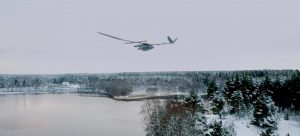
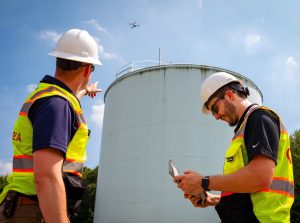



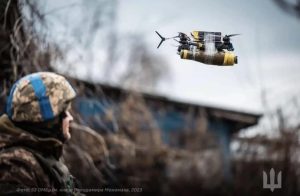


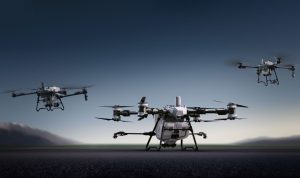

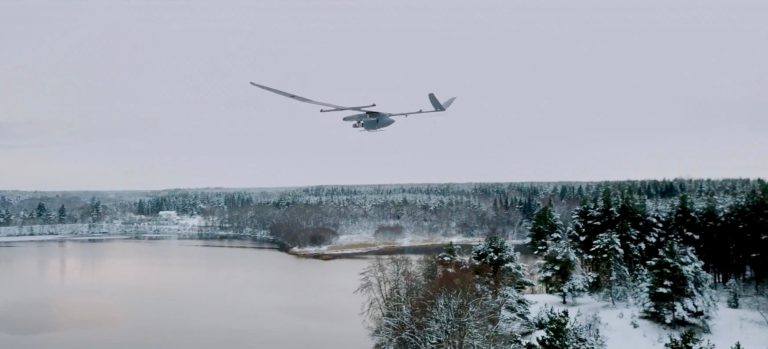
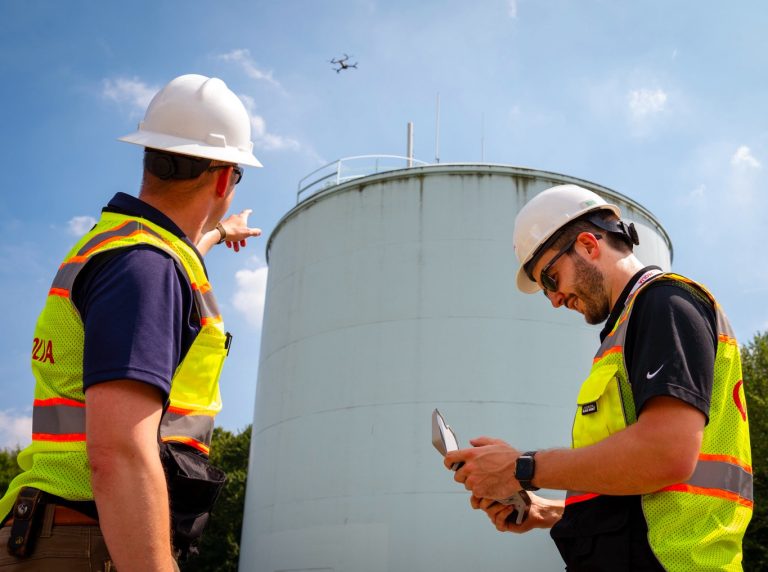


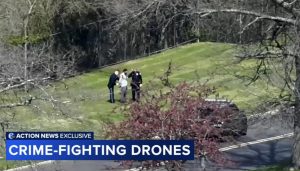


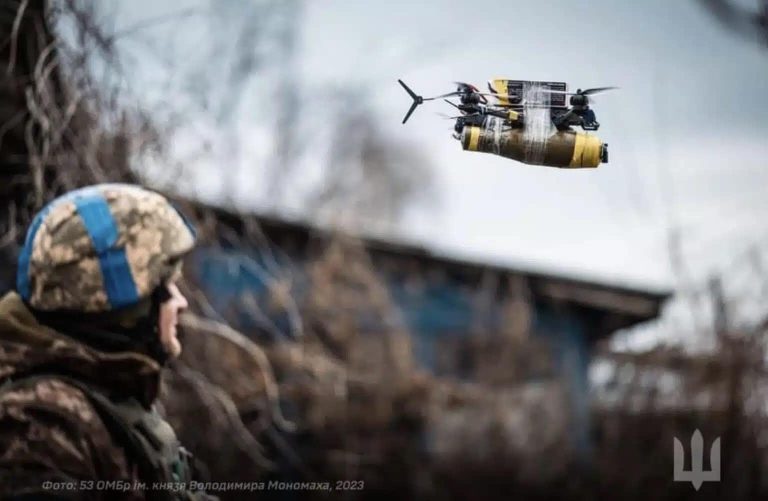


+ There are no comments
Add yours